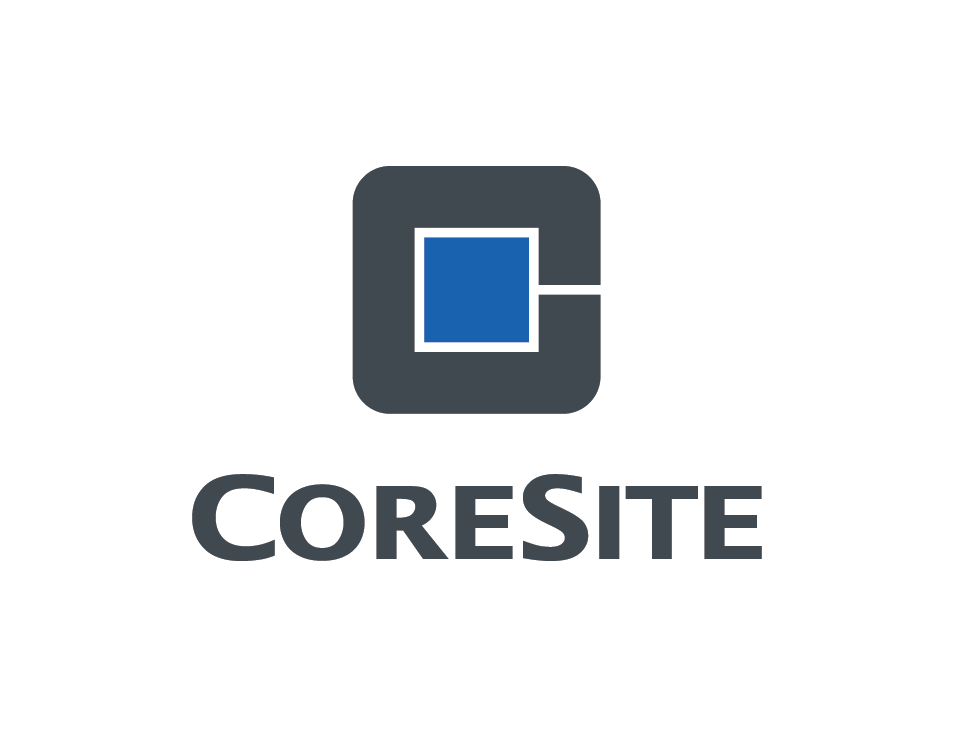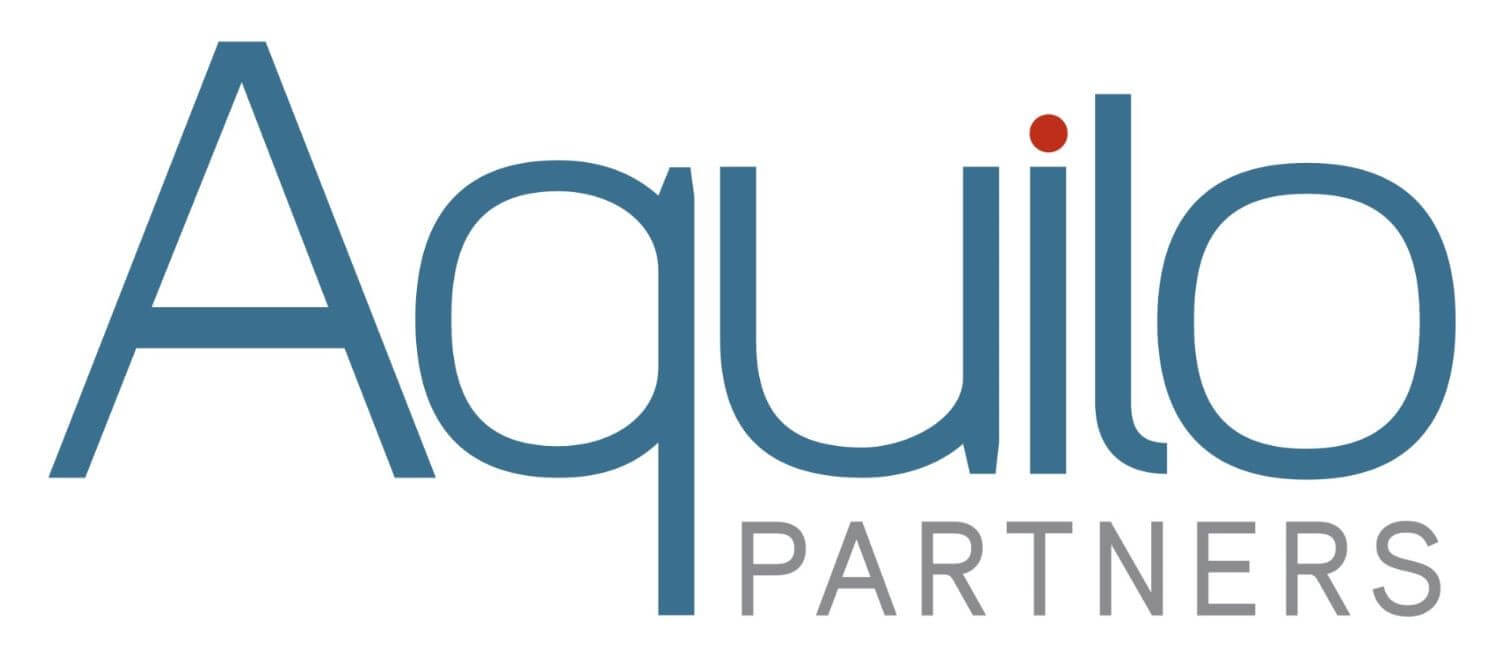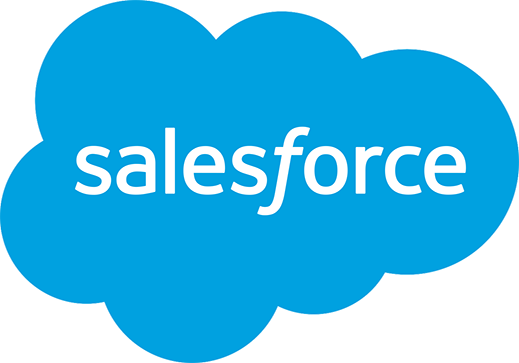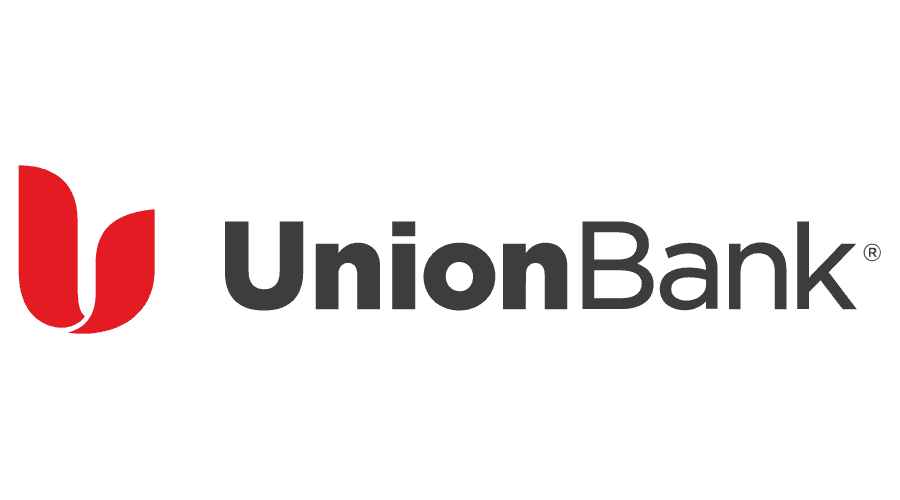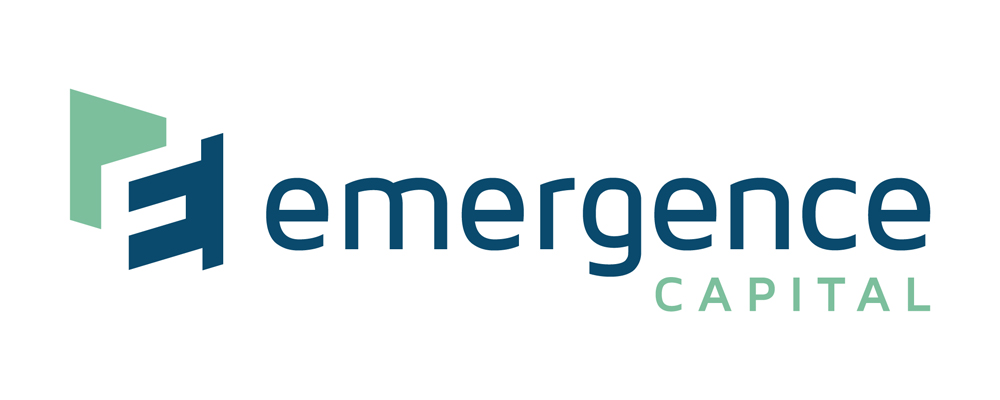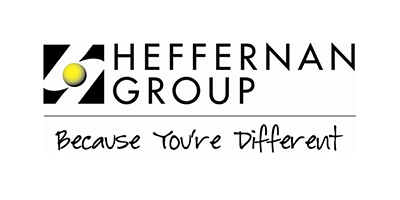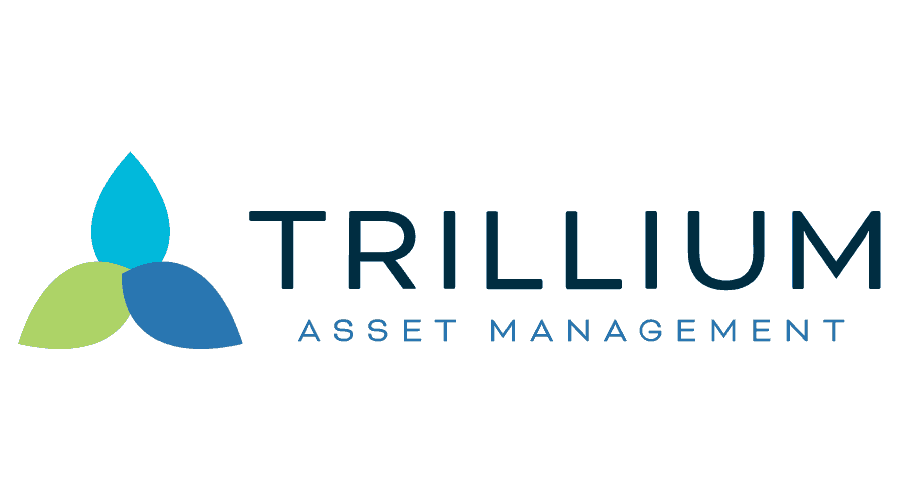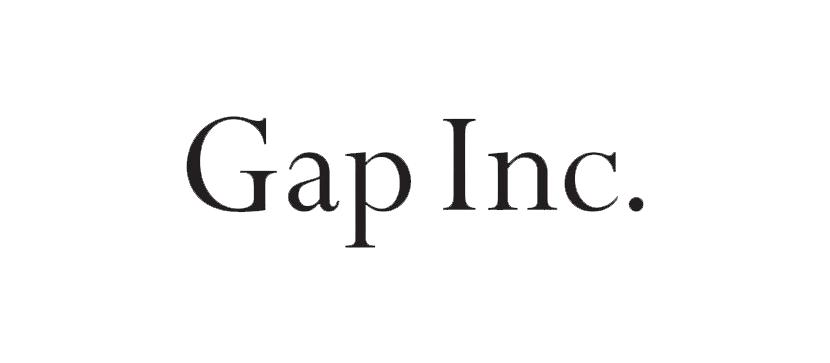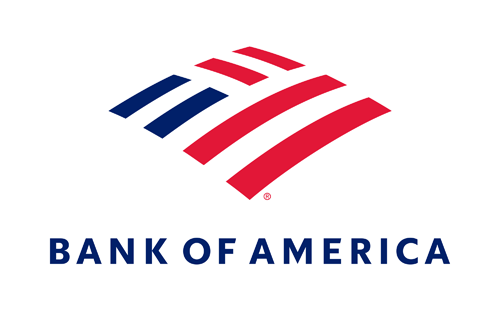That’s Why They Call It Capital

I’m up to my neck in boxes. St. Anthony’s newsletters, appeal letters, donation boxes, raffle prizes, party supplies, the white lunch bags and colored ribbons we used last winter to make Christmas gift bags for every person who ate in the Dining Room that day. All the accourtrements and accessories of a fundraising office. Tomorrow I’ll work at the Foundation Center while professional movers carry my little bandwagon into the new, LEED-certified building at 150 Golden Gate. I’ll miss my London view, as I call it: the limestone wall and Greek columns of the old Hibernia bank, the gate with the black iron palings at the end of the alley opening onto McAllister Street, and the brick of the Renoir Hotel across the street with the green copper cornices on the roof. But my little loss is San Francisco’s grand harvest.
In the new building, St. Anthony Foundation will serve 5,000 more patients every year at the Free Medical Clinic, 200 more clients every year in the Employment Program and Learning Center, 375 more clients every month in the Social Work Center, without increasing staff. Eventually, the Dining Room will move into 150 Golden Gate on a long-term, temporary basis while we tear down this building and perform the same magic here. Heaven knows the city’s poor and homeless residents need the extra help.
It is sometimes amusing, and sometimes otherwise, to hear people who have never done a day’s fundraising in their lives criticize the imaginary effects of fundraising. Every development professional knows the costs and the benefits of a Capital Campaign. Capital Campaigns take a great deal of energy and a lot more time than we’d like. You have to print new materials and talk to a lot of people. That’s the cost.
Capital Campaigns attract new donors, most of whom stay on as major donors after the campaign is over. People don’t make a 6- or 7-figure investment in an organization and then drop the relationship. Capital Campaigns increase the annual fund, partly because donors who are unable to make a capital gift raise their annual amount, partly because the publicity and public education needed to run a Capital Campaign inspire both veteran donors and new friends to do more. Capital Campaigns put organizations on their toes and propel them into updating and improving their program activities, their materials, and their business practices, in order to live up to the awesome responsibility of raising and spending that much money. Those are just some of the benefits.
Yes, a Capital Campaign is an enormous investment. But the expenses come out of a different pot from the money we raise for services to our poor and homeless neighbors. And tomorrow, the benefits will go to those services and those neighbors. From new donors and from donors increasing their gifts, we’re building a larger, more useful St. Anthony Foundation. That’s good for our guests, today and in the decades to come. I think our guests are worth the investment.










